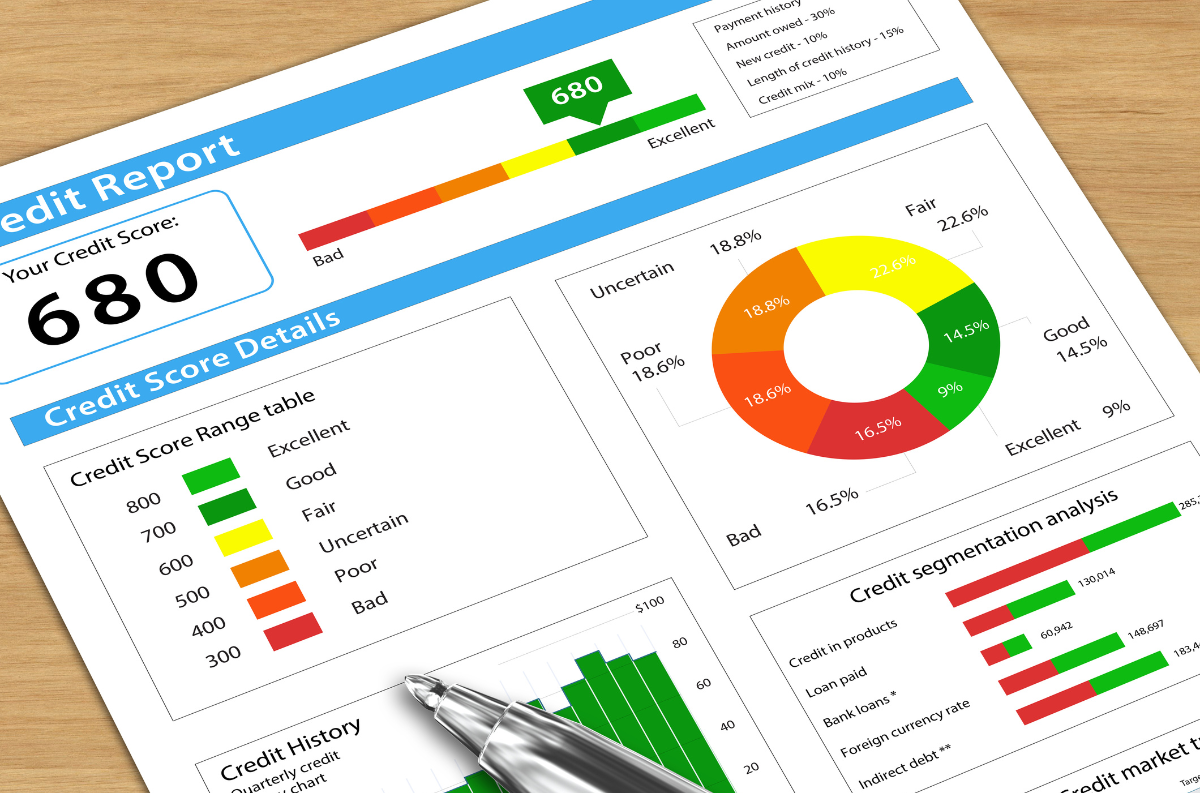
Fueling Dreams: Small Business Alternative Lending Strategies
In today’s competitive business landscape, small businesses often find themselves in need of financial assistance to turn their dreams into reality. Traditional lending options may not always be accessible or feasible, leading many entrepreneurs to explore alternative lending strategies. In this article, we delve into the world of alternative lending and examine how it can fuel the dreams of small businesses.
Alternative lending offers innovative financing solutions beyond what traditional banks can provide. From online lenders to crowdfunding platforms, these alternative options offer flexibility and convenience, empowering entrepreneurs with the funds they need to grow and thrive.
In this highly informative piece, we explore different alternative lending strategies, including peer-to-peer lending, merchant cash advances, and invoice financing. We discuss the benefits and potential drawbacks of each option, allowing small business owners to make informed decisions that align with their unique goals and circumstances.
Whether you’re a budding entrepreneur or an established small business owner, understanding these alternative lending strategies can open up new avenues for growth and success. Join us as we uncover the secrets to fueling your dreams through alternative financing options.
Why small businesses seek alternative lending options
In today’s competitive business landscape, small businesses often find themselves in need of financial assistance to turn their dreams into reality. Traditional lending options may not always be accessible or feasible, leading many entrepreneurs to explore alternative lending strategies. In this article, we delve into the world of alternative lending and examine how it can fuel the dreams of small businesses.
Alternative lending offers innovative financing solutions beyond what traditional banks can provide. From online lenders to crowdfunding platforms, these alternative options offer flexibility and convenience, empowering entrepreneurs with the funds they need to grow and thrive.
Types of alternative lending strategies for small businesses

Small businesses often face unique challenges when it comes to securing funding. Traditional banks typically have strict lending criteria, making it difficult for small businesses with limited credit history or collateral to qualify for loans. Additionally, the lengthy approval process and paperwork involved can be a major deterrent for entrepreneurs who need quick access to funds.
Alternative lending options provide a lifeline for small businesses by offering more flexible eligibility requirements and faster approval times. These lenders understand the specific needs of small businesses and are willing to take on the risk that traditional banks may shy away from. Whether it’s a startup looking for seed capital or an established business in need of working capital, alternative lending options cater to a wide range of financing needs.
One popular alternative lending strategy is peer-to-peer lending, where individuals can lend money directly to small businesses through online platforms. This form of lending cuts out the middleman, allowing borrowers to access funds at competitive interest rates while providing investors with an opportunity to earn attractive returns.
Pros and cons of alternative lending for small businesses
Alternative lending encompasses a diverse range of strategies that cater to the unique needs of small businesses. One such strategy is merchant cash advances. This form of financing allows businesses to receive a lump sum payment in exchange for a percentage of their future credit card sales. It’s an attractive option for businesses with fluctuating cash flow as repayment is linked to revenue.
Another popular alternative lending strategy is invoice financing. This option allows businesses to access funds by selling their outstanding invoices to a lender at a discounted rate. It’s a great solution for businesses that experience delays in receiving payment from clients, as it provides immediate cash flow without waiting for invoices to be paid.
Crowdfunding has gained significant traction in recent years as a viable alternative lending strategy. Through online platforms, entrepreneurs can pitch their business ideas to a large pool of potential investors who contribute small amounts of money. This form of financing not only provides funds but also serves as a marketing tool, allowing businesses to generate buzz and gain exposure.
How to determine if alternative lending is right for your small business

As with any financing option, alternative lending strategies come with their own set of pros and cons. One major advantage is the accessibility and speed at which funds can be obtained. Unlike traditional banks, alternative lenders often have simplified application processes and faster approval times, allowing small businesses to seize opportunities without delay.
Flexibility is another key advantage of alternative lending. These options cater to businesses with varying needs and financial situations, offering tailored solutions that traditional banks may not be able to provide. Whether it’s a short-term loan, equipment financing, or a line of credit, alternative lenders offer a range of options to suit different business requirements.
However, alternative lending does come with some potential drawbacks. Interest rates and fees may be higher than those offered by traditional banks, reflecting the higher risk associated with lending to small businesses. It’s essential for business owners to carefully evaluate the costs involved and assess whether the benefits outweigh the expenses in their specific situation.
Steps to secure alternative lending for your small business

When considering alternative lending options, it’s crucial for small business owners to assess their specific needs and circumstances. Start by evaluating your current financial situation and determining how much funding you require. Consider the purpose of the loan and how it aligns with your business goals. Are you looking to invest in equipment, funding a marketing campaign, or bridging a cash flow gap?
Next, examine the eligibility requirements and terms of various alternative lending options. Some lenders may have specific criteria such as minimum revenue or credit score requirements. It’s important to ensure you meet these criteria before applying to avoid wasting time and effort.
Additionally, assess your ability to repay the loan. Look at your projected cash flow, revenue streams, and any potential risks that may impact your ability to make timely payments. Alternative lenders are often more lenient in their evaluation process, but it’s still crucial to ensure you can comfortably meet your repayment obligations.
Alternative lending platforms and resources
Once you’ve decided that alternative lending is the right choice for your small business, it’s time to take the necessary steps to secure the funding you need. Start by researching and comparing different alternative lenders to find the one that best suits your requirements. Look for reputable lenders with positive reviews and a track record of working with businesses similar to yours.
Prepare all the necessary documents and information required for the application process. This typically includes financial statements, tax returns, bank statements, and a business plan. Having these documents ready will streamline the application process and increase your chances of approval.
Before submitting your application, review it thoroughly to ensure accuracy and completeness. Mistakes or missing information can lead to delays or even rejection. Take the time to double-check all the details and make any necessary corrections before submitting your application.
Tips for successfully utilizing alternative lending for small businesses

There are several alternative lending platforms and resources available to small businesses seeking financing. These platforms leverage technology and data analytics to assess creditworthiness and provide fast funding decisions.
For businesses looking to leverage the power of crowdfunding, platforms like Kickstarter and Indiegogo offer a wide reach and access to a large pool of potential investors. These platforms provide a space for businesses to showcase their products or services and engage with backers who believe in their vision.
Additionally, government-backed programs like the Small Business Administration (SBA) offer alternative lending options through their loan guarantee programs. These programs provide additional security for lenders, making it easier for small businesses to access funds even if they don’t meet traditional lending criteria.
In Conclusion
To make the most of alternative lending strategies, small business owners should keep a few key tips in mind. First and foremost, it’s essential to have a clear understanding of your business’s financial needs and goals. By having a well-defined plan, you can identify the most appropriate alternative lending option for your specific situation.
Carefully review the terms and conditions of any financing agreement before accepting the funds. Pay close attention to interest rates, fees, repayment terms, and any potential penalties or hidden costs. It’s crucial to fully understand the financial implications and ensure they align with your business’s ability to repay the loan.
Maintaining open and transparent communication with your lender is also important. If you encounter any challenges or foresee any issues with repayment, it’s best to address them proactively. Many alternative lenders are willing to work with businesses to find solutions and avoid default.
Interested in learning more?
Visit our website, www.fundingo.com, to see what FUNDINGO can do for you.
Have specific questions or want to talk to a FUNDINGO consulting expert?
Contact us at info@fundingo.com





























